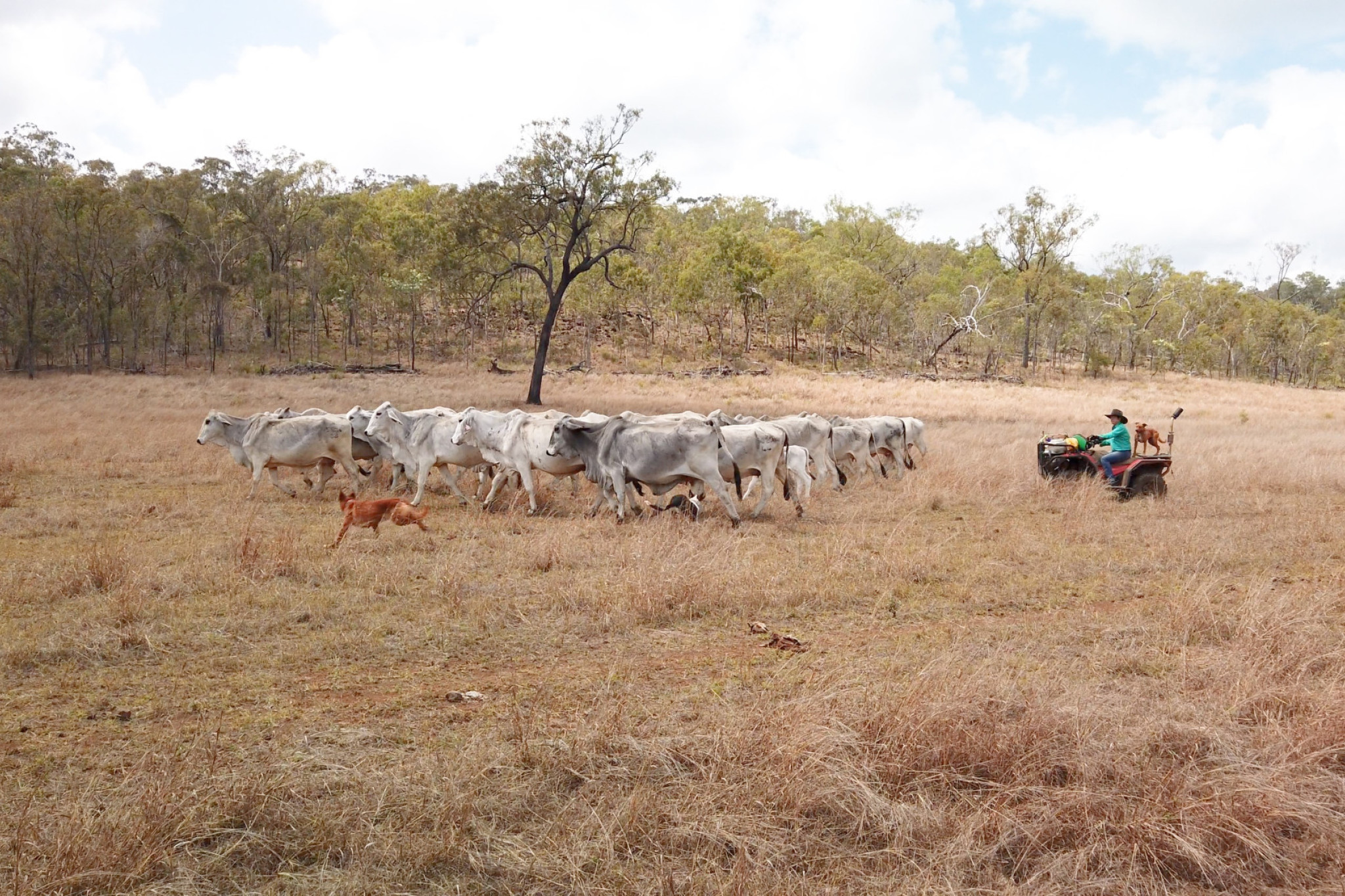On The Land
16 December, 2023
Changes set to improve pastures, water quality
A CENTURY-old cattle station is getting a revamp and undergoing changes to improve cattle production, the land, and the water flowing to the Great Barrier Reef.

Minnamoolka Station, at the headwaters of the Herbert and Burdekin rivers, and owners Margie Atkinson and Greg Jenkins say it is never too late for fresh ideas.
They are 60km into a 70km fencing project that will make 62 paddocks out of the property’s existing 28 paddocks for a switch from set stocking to rotational grazing in smaller paddocks for shorter, more intense periods.
They are also in the midst of adding extra water points for cattle.
“We’re always interested in new ideas and better ways to manage the land and improve feed quality for our livestock,’’ Margie said.
“Next year, this land will have been in our family for 120 years and traditionally our family has always endeavoured to practice sustainable land management with set stocking.
“We are excited by the possibilities that we perceive as being offered by the Grazing Naturally method.”
Margie and Greg are working with natural resource management organisations, Terrain NRM and NQ Dry Tropics, on projects that they hope will lead to better ground cover and pastures across about 29,000 hectares of land.
They currently graze around 4000 head of beef cattle.
Margie said a free workshop with Grazing Naturally’s Dick Richardson, through Terrain NRM’s Upper Herbert Sediment Reduction Project, had been a catalyst for change.
Dick has since spent time with them, again as part of the project, to assess grass condition and work on a solid plan for their property’s dry season, including forage budgeting and determining stocking rates.
Creating smaller paddocks for rotational grazing will mean the cattle have shorter, more intense grazing periods in paddocks and the paddocks have variable rest periods, with the long-term aim of creating better ground cover and more diverse and nutritious pastures.
Margie says it will also help with other things.
“As well as improved forage for cattle, we are hoping to reduce the annual fuel load,” she said.
“Left to free range, during the growing season the cattle generally concentrate on small areas and when the dry season comes, fire can be a big issue in the areas that haven’t been grazed.”
She said the biggest challenge of the project was providing adequate stock watering points.
By the end of 2023 they will have installed 17 new waters, and they will increase this number as they can afford to.
“Grazing cattle in a large mob through smaller paddocks means there is a much higher daily demand on water points, so with help from NQ Dry Tropics we have put in a new bore and by the end of this year, with assistance from Terrain NRM, we will have installed another, to be able to pipe water to additional troughs,” Margie said.
“We consider dams to be an ideal low maintenance water source but in the basalt country, they generally don’t hold water.”
They have fenced off a wetland area in one part of their property through a project with NQ Dry Tropics. They also keep a close eye on the sandy soil areas of their land.
“Our sandy soils are more susceptible to erosion. We’re aiming for better ground cover through the changes we’re making, and that should lead to less topsoil movement in the wet season. Prevention is always better than a cure,” Margie said.
Margie and Greg said they were looking forward to seeing what the future holds.
“It’s early days but in some paddocks we can certainly already see improvements in pasture quality,” Margie said.
“We are very positive about the project that we have undertaken and greatly appreciate the technical and financial assistance provided by Terrain NRM and NQ Dry Tropics.
“None of this would have been possible without their input.”
The Upper Herbert Sediment Reduction Project (Terrain NRM) and the Herding Change for Grassroots Recovery project (NQ Dry Tropics) are funded by the partnership between the Australian Government’s Reef Trust and the Great Barrier Reef Foundation under the Regional Water Quality Program.


